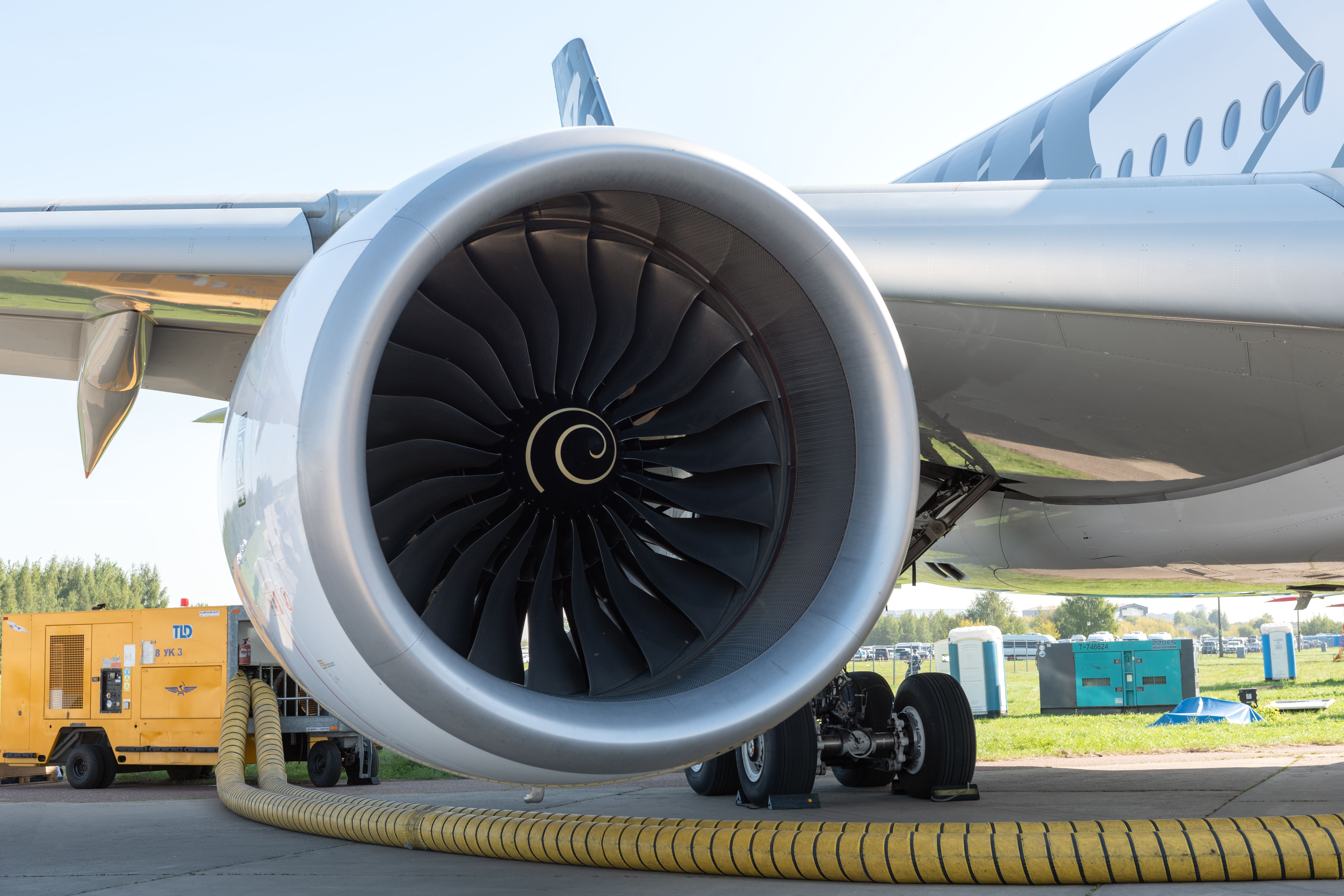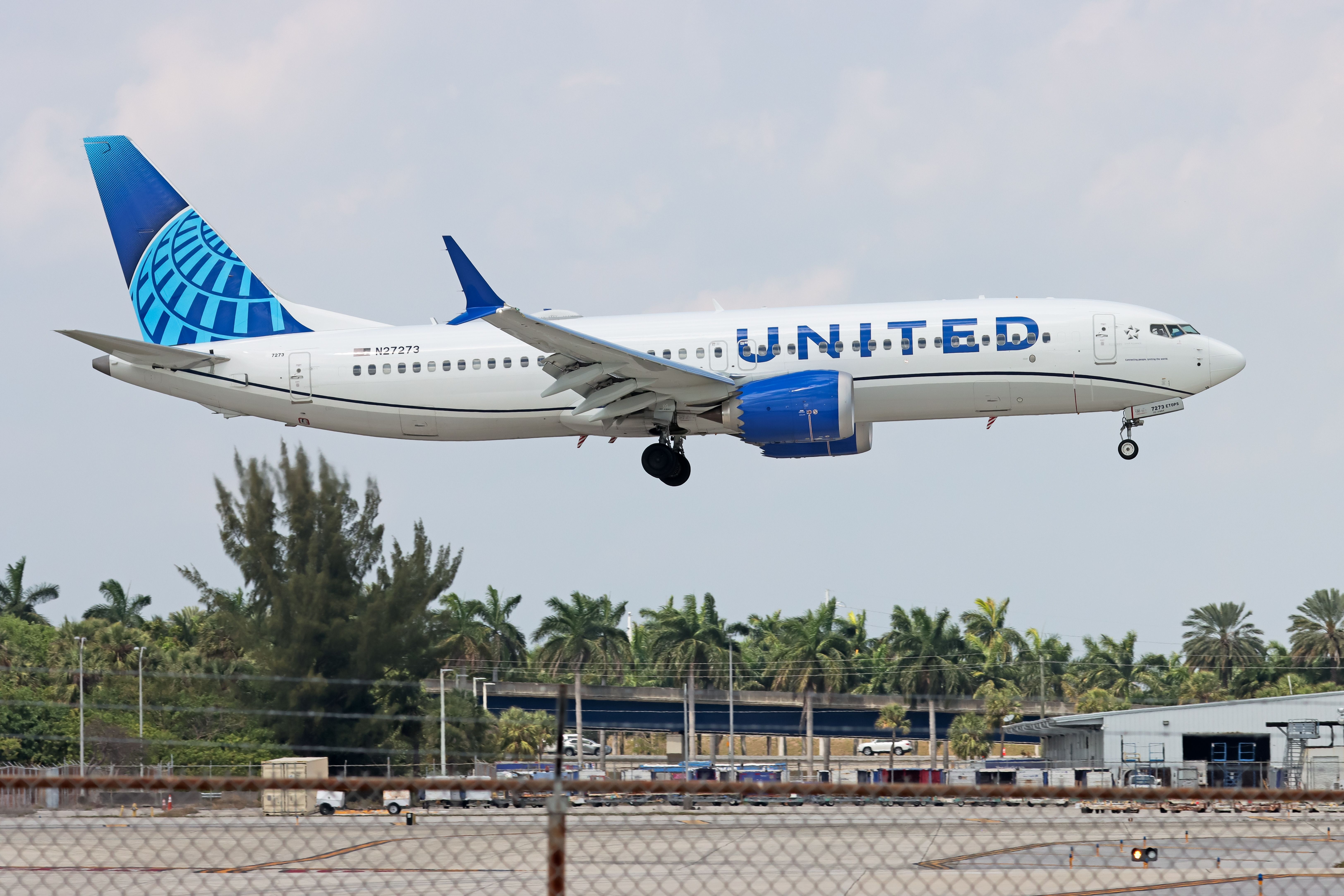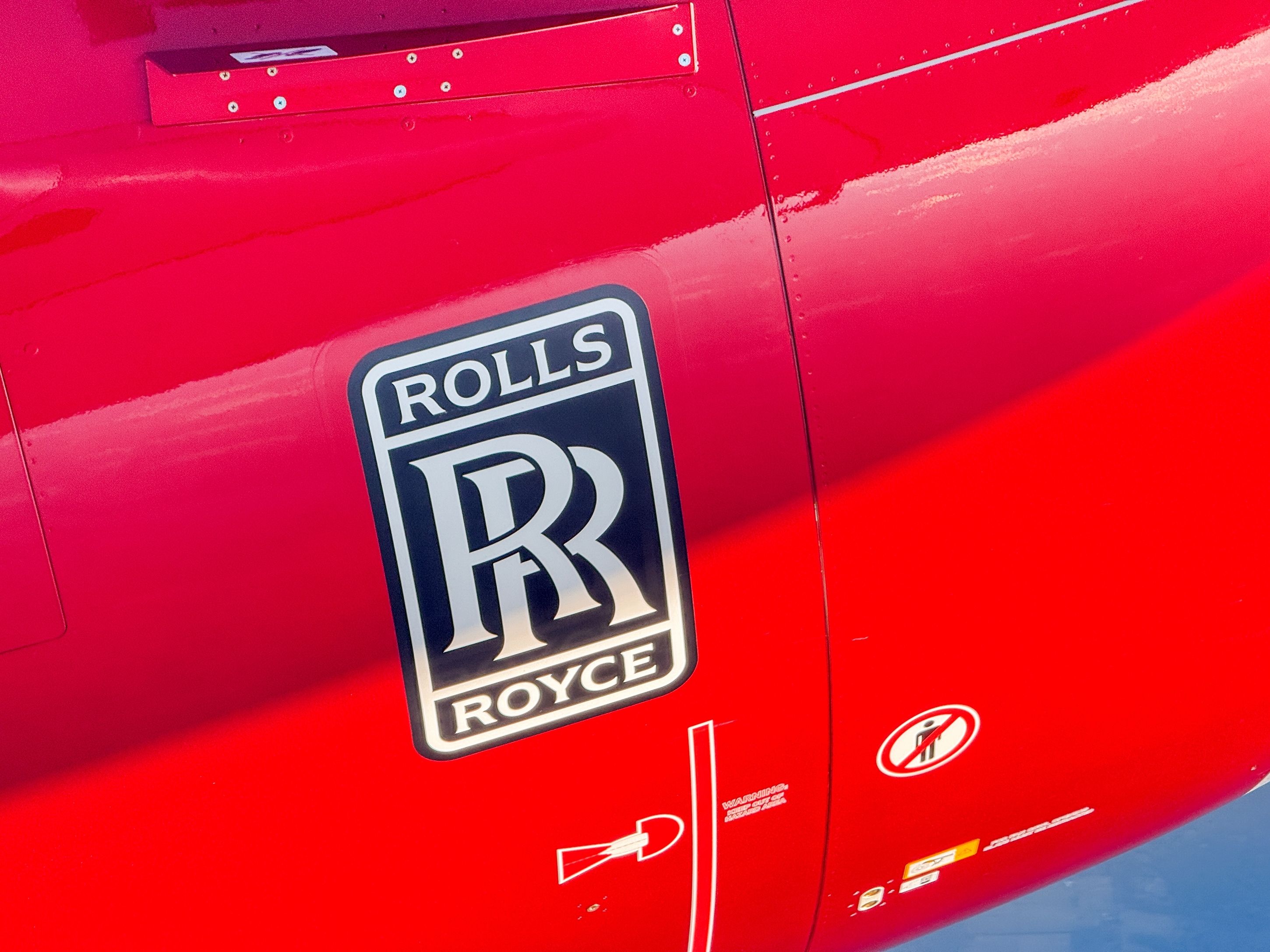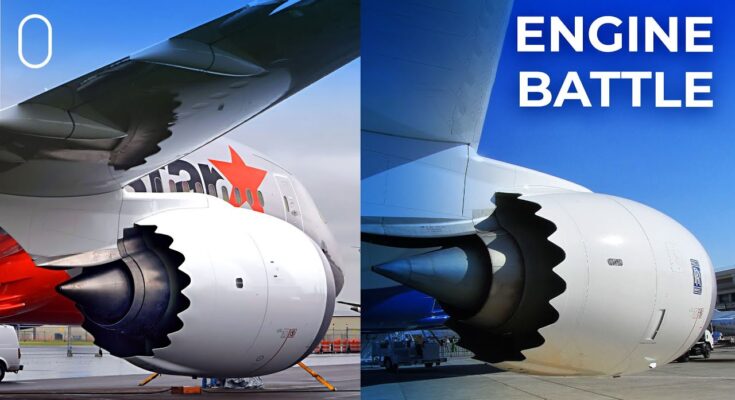In the world of modern widebody commercial aviation, Rolls-Royce (UK) and GE Aerospace (USA) stand as the two dominant engine manufacturers. While Pratt & Whitney remains influential in the narrowbody segment, it has largely stepped back from the widebody market, leaving Rolls-Royce and GE to compete head-to-head. Let’s break down how these two companies compare across engine programs, aircraft types, and market share.
Widebody Aircraft: Who Powers What?

Every widebody passenger aircraft currently in production is powered exclusively by Rolls-Royce or GE Aerospace engines. Here’s how the engine options shake out:
| Aircraft Model | Engine Manufacturer | Engine Type |
|---|---|---|
| Airbus A330neo | Rolls-Royce | Trent 7000 |
| Airbus A350 | Rolls-Royce | Trent XWB |
| Boeing 777X | GE Aerospace | GE9X |
| Boeing 777F | GE Aerospace | GE90 |
| Boeing 787 | GE Aerospace / Rolls-Royce | GEnx-1B / Trent 1000 |
| Boeing 767 | GE Aerospace / Pratt & Whitney | CF6 (freighter) / PW4000 (military) |
Note: The Trent XWB powers all Airbus A350s, while the GE9X will be the exclusive engine for the new Boeing 777X—both among the most advanced widebody engines today.
Rolls-Royce’s Trent 1000 Struggles

The Trent 1000, one of the two engines certified for the Boeing 787 Dreamliner, suffered a wave of in-service reliability issues related to blade durability and corrosion. As a result, many airlines have leaned toward GE’s GEnx-1B, which now powers the majority of 787s in operation.
Market Share Snapshot: Widebody Engines

Rolls-Royce and GE Aerospace dominate the widebody engine landscape, but GE still holds the edge in total volume and orders:
-
In-Service Widebody Market Share
-
GE Aerospace: ~52%
-
Rolls-Royce: ~33%
-
-
Future Orders
-
GE Aerospace: ~54%
-
Rolls-Royce: ~46%
-
Despite past issues with the Trent 1000, Rolls-Royce has secured nearly half of all engines on order for widebody jets—thanks largely to Airbus’ reliance on its Trent engines.
Narrowbody Market: A Different Battlefield
Though neither Rolls-Royce nor GE dominates here alone, GE Aerospace, through CFM International (a joint venture with France’s Safran), plays a leading role in the narrowbody market. Pratt & Whitney remains a key player in this segment as well.
| Aircraft Model | Engine Options |
|---|---|
| Airbus A220 | PW1500G (Pratt & Whitney) |
| Airbus A320neo | PW1100G / CFM LEAP-1A |
| Boeing 737 MAX | CFM LEAP-1B |
| COMAC C919 | CFM LEAP |
| Embraer E-Jets | GE CF34 |
Insight: CFM’s LEAP engines now power thousands of aircraft globally, with reliability and fuel efficiency at the forefront.
Innovation and the Future: Rolls-Royce’s UltraFan

Rolls-Royce is betting on its UltraFan to redefine engine efficiency. First tested in 2016, the UltraFan promises:
-
At least 25% more efficiency than the first Trent engine
-
750 lbs lighter than previous models
-
140-inch fan diameter—the largest ever developed by Rolls-Royce
Although it hasn’t been launched on any specific aircraft yet, the UltraFan could play a key role in future widebody and possibly even next-gen narrowbody programs.
Beyond the Skies: Marine Power
Both Rolls-Royce and GE Aerospace also manufacture engines for naval ships and military applications, expanding their footprint beyond aviation.
Conclusion: A Duopoly in the Sky
While GE Aerospace maintains a lead in both installed base and future orders, Rolls-Royce remains a formidable rival, especially with its exclusive Airbus partnerships and its eye on future technologies like the UltraFan. For now, the battle for the skies continues to revolve around these two engine giants—each powering the aircraft that carry millions of passengers around the globe every day.



